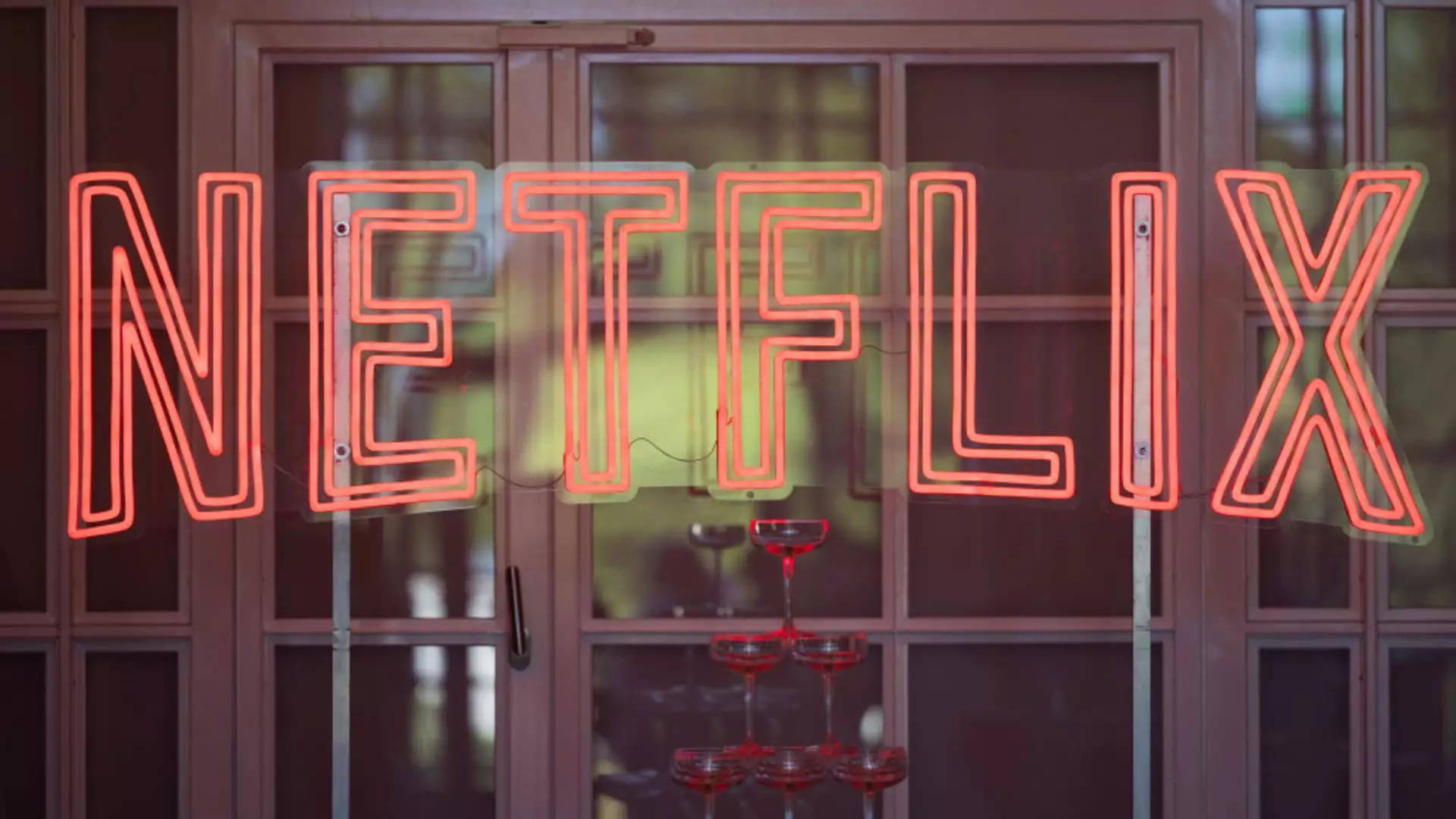Netflix has announced significant price hikes for its subscription plans in the United States, a move that is sure to spark discussions among its notoriously price-sensitive consumer base. The standard plan, which offers no advertisements, will see its monthly fee rise from $15.49 to $17.99. Meanwhile, the ad-supported alternative, aimed at users looking for a more affordable option, is also set to increase, moving from $6.99 to $7.99. The premium plan is not exempt, climbing from $22.99 to $24.99. This trend isn’t just confined to the U.S.; Netflix will also implement price increases in Canada, Portugal, and Argentina, signaling a broader strategy to adjust pricing across key international markets.
Market Context and Competitive Pressure
These adjustments come at a time when consumers are grappling with escalating costs across various streaming platforms, including Disney+ and Warner Bros. Discovery’s Max. The streaming industry has been feeling the heat as companies strive for profitability amid increased competition and changing viewer habits. The introduction of ad-supported tiers appears to be a common strategy amongst streaming services. Netflix initially rolled out its ad-supported option back in November 2022 to grapple with stagnant subscriber growth, a move reflective of the industry-wide trend of monetizing services through both subscription fees and advertising.
In addition to raising prices, Netflix is making headlines with its crackdown on password sharing, a move aimed at increasing its paying subscriber base. This initiative includes the introduction of “extra member” options for standard plans, allowing subscribers to add other users to their accounts for an additional fee. The price for this service on ad-free plans is set to rise from $7.99 to $8.99, while the ad-supported plans remain unchanged. As a result, this could mean additional earnings for Netflix, especially if users begin to embrace the extra member feature as an alternative to purchasing their own subscriptions.
Despite these price increases and strategic shifts, Netflix appears to be weathering challenges effectively. The company recently reported a record boost in paid memberships, adding an impressive 19 million subscribers in the last quarter, pushing its total to over 300 million. This indicates that, at least for the moment, subscribers are willing to tolerate increased costs in exchange for the platform’s content offerings. However, the key question remains: how long will this loyalty last as competition intensifies and consumer budgets tighten?
Looking Ahead: What Do These Changes Mean?
As Netflix navigates its pricing strategy amidst a crowded market, it’s evident that the company is hedging its bets on the willingness of its audience to absorb these costs. By focusing on profitability through price adjustments and enhancements in service offerings, Netflix is positioning itself for continued growth—yet challenges lie ahead. As viewers become more budget-conscious, the streaming titan faces the ongoing challenge of maintaining its subscriber base while ensuring that price increases do not backfire. The coming months will be critical in observing how these changes resonate with consumers and the broader implications for the streaming industry as a whole.

